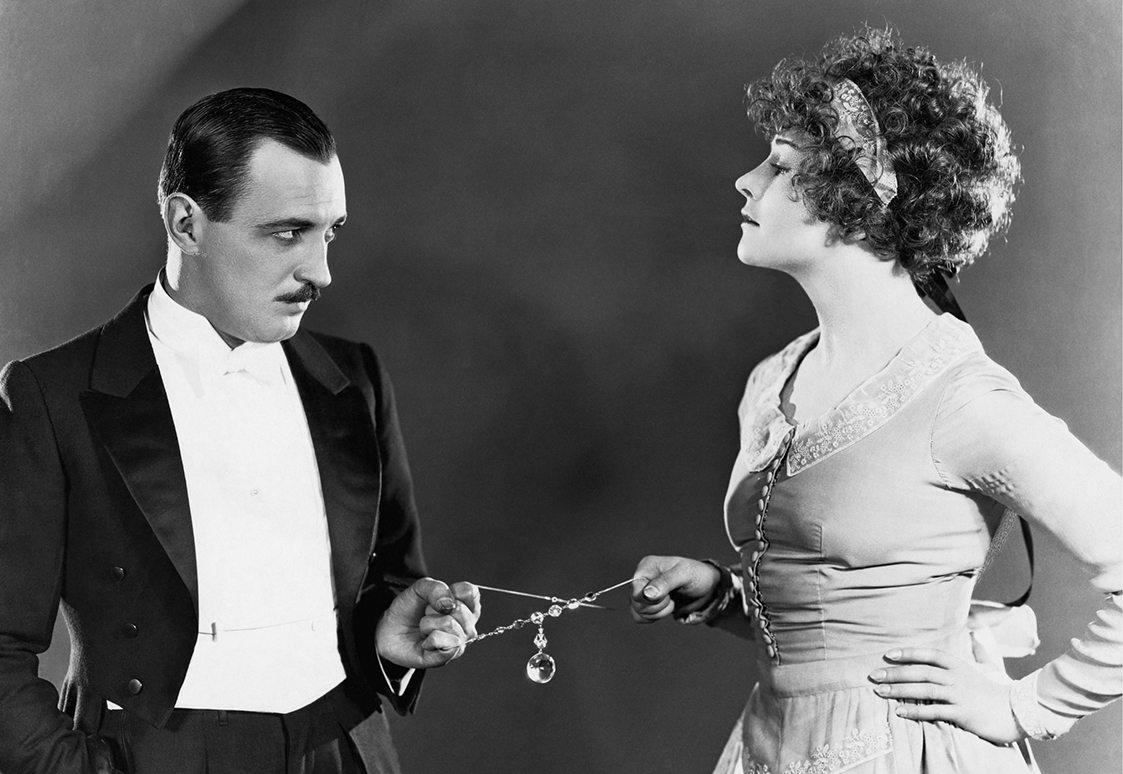Latest News
Sign up to receive our monthly newsletter
Avoiding Family Disputes - Ways to fairly divvy up possessions

Want to keep your family from fighting over your possessions?
Many a family has experienced hard feelings and even estrangement when it comes time to parcel out their parents’ possessions. You may be able to mediate fights between your children now, but what can you do to ensure fairness after you’re gone?
Here are ideas that have worked for other families in sorting out family estates and family heirlooms:
The sticker approach
Helen had three sons — and three daughters-in-law. Her sons all got along, but her daughters-in-law were not the best of friends. She figured the sons might not care who got what, but she feared their wives might care too much.
She bought three sets of colored stickers — red for Mike, yellow for Brian, blue for Sean. One holiday, she handed the stickers to her sons and instructed them to put stickers on the items they wanted, on the backs of paintings and the undersides of furniture and knick knacks. She asked them not to look to see if anyone else had put a sticker on the item. She left the house for a while so everyone could place their stickers. After the holiday was over and everyone was home, Helen made a list of her possessions and who wanted them. For items that had more than one sticker, she made decisions so that one person got this, and the other person got that. The written list was placed in the file with her final instructions.
Mike has been a friend of mine for years. I heard first about the sticker-placing event, and years later when his mom died, how it all went. Not a single squabble, probably because each one had their chance to make their claim.
The taking turns approach
When my friend Crystal’s mother died, her father had a plan to fairly divide his wife’s jewelry among their four daughters. Dad asked one daughter to separate the jewelry by type — necklaces, earrings, bracelets, etc. The sisters then gathered and took turns choosing. Crystal, being the oldest, went first. Then Celia, then Cathleen and finally Cambria. For the second round, Cambria got to choose first, then Cathleen, Celia and Crystal. And so they went, forward and backward, through each jewelry category. When a sister didn’t want any more, she dropped out and the others continued to choose until the jewelry they wanted was gone.
During her life, Crystal’s mom probably served as the mediator between the sisters, so Dad knew if it was left to them, they might get into a major argument. Dad’s plan ensured a fair way to divide the items that were the most meaningful to all the sisters, with very little disagreement, Crystal said.
When my grandmother died, we did something much the same. Each year when I was growing up, our big extended family spent most of Christmas Day morning opening presents one at a time, from oldest to youngest. This taught us kids patience, and respect for our elders. We were quite used to it, and we grew to enjoy the pleasure on the faces of our parents and grandparents when they opened the gifts we gave them.
After Grandma’s funeral, Dad and my uncles told us to choose Grandma’s things, one at a time, oldest to youngest. (The women did a separate round-robin for jewelry.) Each person was to tell why they wanted that particular item. We could choose something valuable, something we needed, or something that evoked good memories.
During the first round, most of the items chosen had no significant re-sale value, but instead, were chosen for the memories connected to them. My cousin Tom, then just 20 years old, chose Grandma’s glass salad bowl. “When I visited, Grandma made me fruit salad in this bowl,” he explained. Years later, his wife told us the bowl stays on his dresser and it’s where he puts his keys and wallet. I wanted Grandma’s dining room furniture, not only because my husband and I needed some, but because of the many meals we shared on it. But I had no way to get it to my Southern California house. My college-age male cousins offered to load he set into their pickup truck and drive it 400 miles to my house. It was an adventure for them, and I treasure that table and chairs to this day.
The give it now approach
When my stepmother died, Dad decided to “get rid” of her things. Fortunately, he asked me to help him. His plan was to box up his wife’s things and give them to Goodwill. I persuaded him to put the boxes in the garage, and call my stepsister to come get them. When she did, Dad took her through the house and asked her what else she wanted. She and her siblings wanted her mother’s things (of course), so, I was able to help Dad preserve his relationship with his stepchildren and get the house cleared out to his liking.
Heirloom Vault has a feature that will allow you to designate what items of yours are ready to give away now. There is a category called “Ready To Gift,” this allows your family to see what you’re willing to part with while you’re still alive. They can favorite the items and make comments on what they would like to have passed on to them.
All of these ideas are unique ways to help with your estate planning and final wishes. Not only will you earn peace of mind for yourself, but you can rest knowing your family won’t be squabbling over your special items left behind.
Make leaving you legacy more worry free! – OPEN YOUR VAULT NOW




